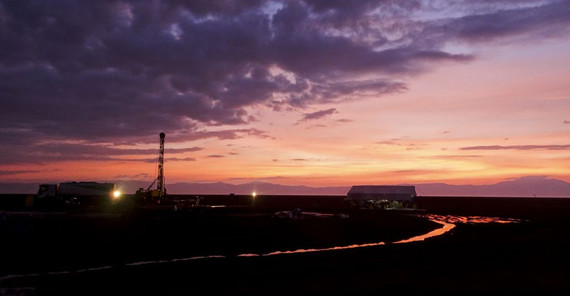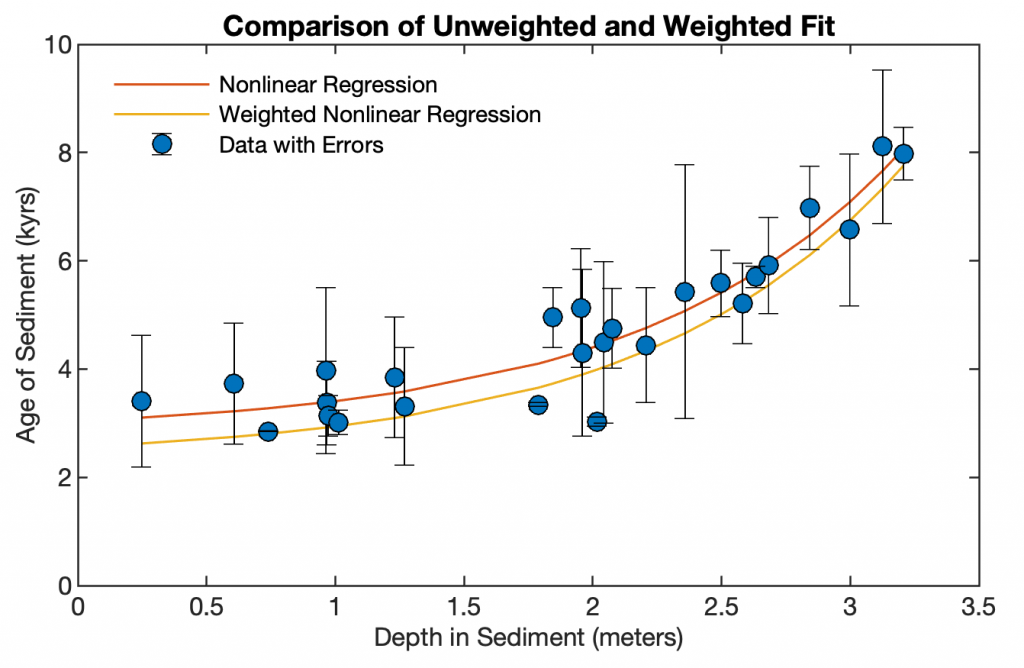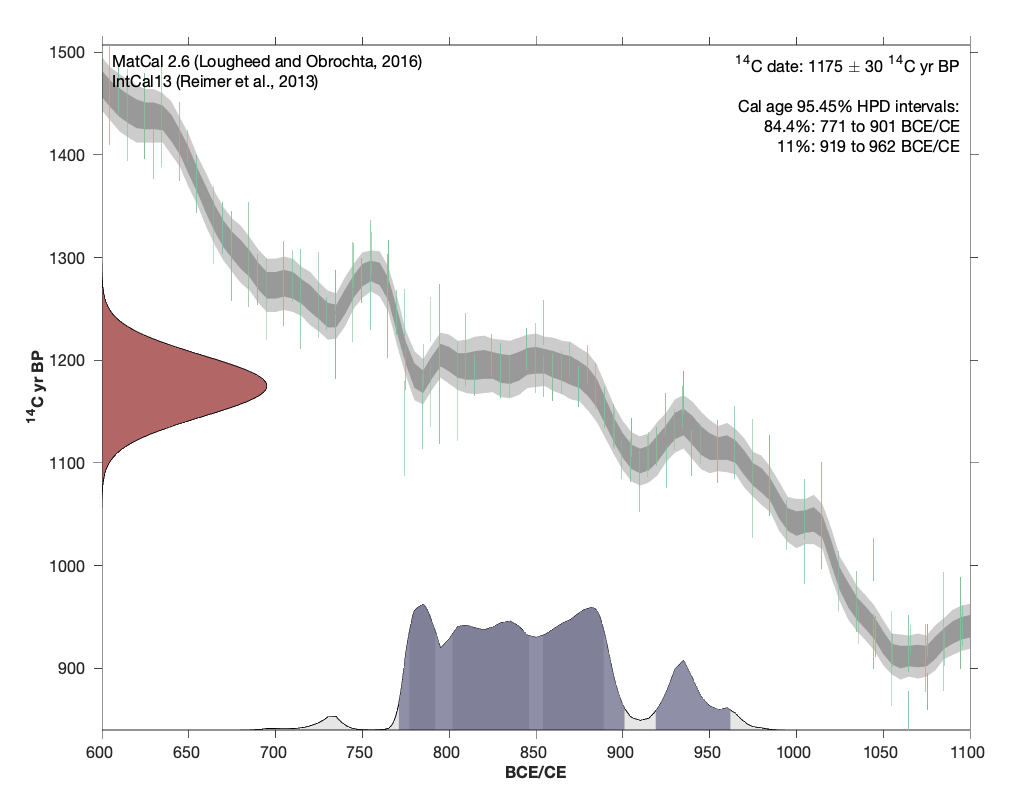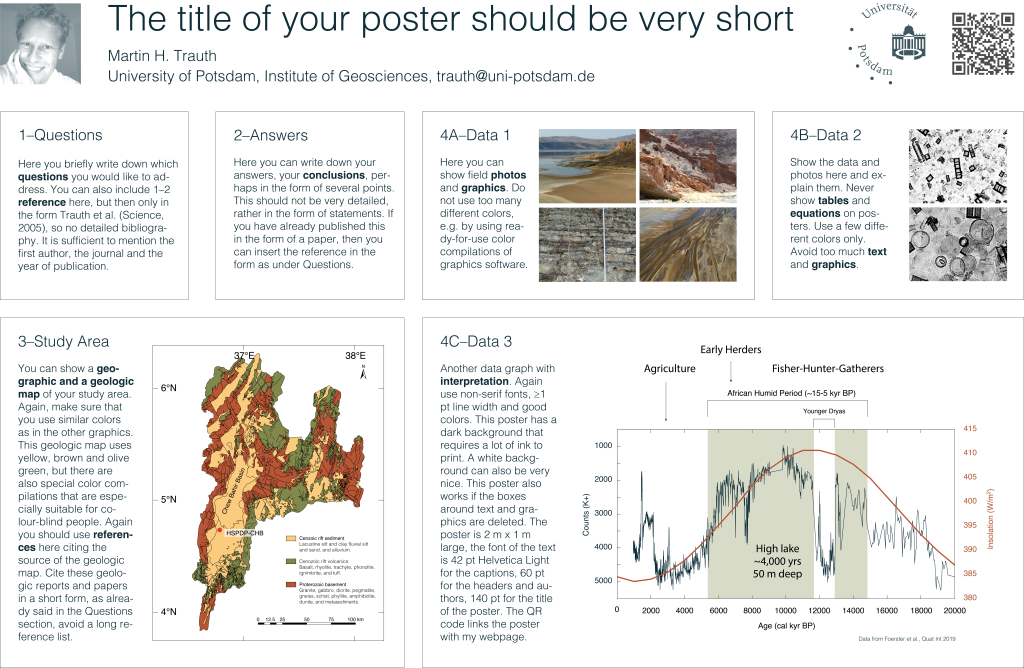
Next week scientists from the Chew Bahir project will meet at the Neanderthal Museum near Düsseldorf to discuss the latest results of the 290 m long ICDP cores from S Ethiopia. The project, as part of the international Hominin Sites and Paleolaces Drilling Projects (HSPDP), tries to fill gaps in the environmental history of eastern Africa, the habitat of early human ancestry. Within the framework of the project, two ~290 m long cores were collected in the Chew Bahir Basin in Southern Ethiopia including the last ~550,000 year history of environmental change in the southern Ethiopian rift were some of the oldest fossils of our own species were discovered. The latest results from analyzing these cores will be discussed during the workshop.








